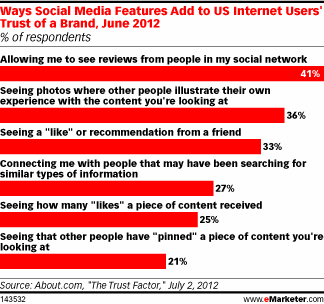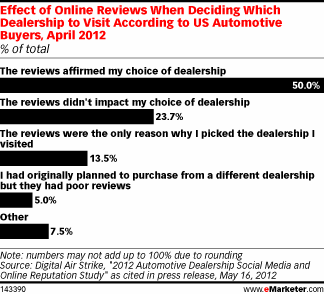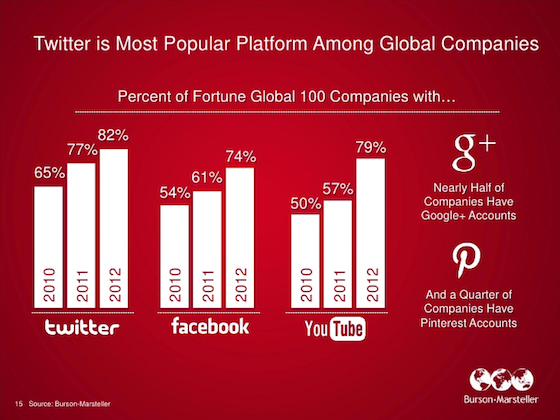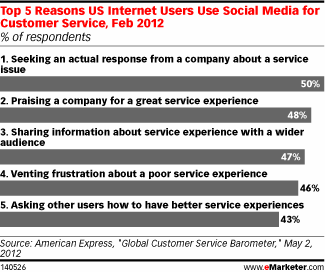Small and medium-sized businesses still lag behind when it comes to using social media and integrating it throughout the business.
In a March 2012 study from SMB Group, only 24% of US small businesses, those with between 20 and 99 employees, said they used social media to engage with customers and prospects in a strategic and structured way. An additional 20% said they used social media, but in an ad hoc, informal way. US medium-sized businesses, with 100 to 999 employees, were slightly more active, as 33% said they used social media in a strategic way and 19% in an ad hoc way.
When it comes to the specific social channels SMBs are using, Facebook, not surprisingly, tops the list, with 26% of small businesses and 38% of medium-sized businesses saying they used a company Facebook page. Additionally, 20% of small businesses and 32% of medium-sized ones said they also engaged and posted content on relevant Facebook groups. Small businesses were least likely to use geolocation services, with only 3% saying they used them. But for medium-sized businesses, only 6% said they used social bookmarking sites like Digg.
Integration of social media within company processes is one of the latest trends, as larger companies work to incorporate social beyond marketing and into customer service, sales, and research and development. SMBs are also working to do so, but still have a ways to go. Of those respondents that used or planned to use social media, 37.7% already integrated social media into the company website and 22.2% did so within marketing processes. However, more than half (55.1%) of respondents had no plans to integrate social media into the product development process, and 43.9% said they had no plans to do so within a company mobile-friendly website.
A separate May 2012 study from Constant Contact found the majority of US SMBs (60%) were holding their marketing budgets steady in 2012, and that social media marketing was considered effective by only 49% of US small businesses. These smaller companies are holding out, on budgets as well as social media integration, but they would be well-served to follow in the footsteps of larger companies and get involved.











